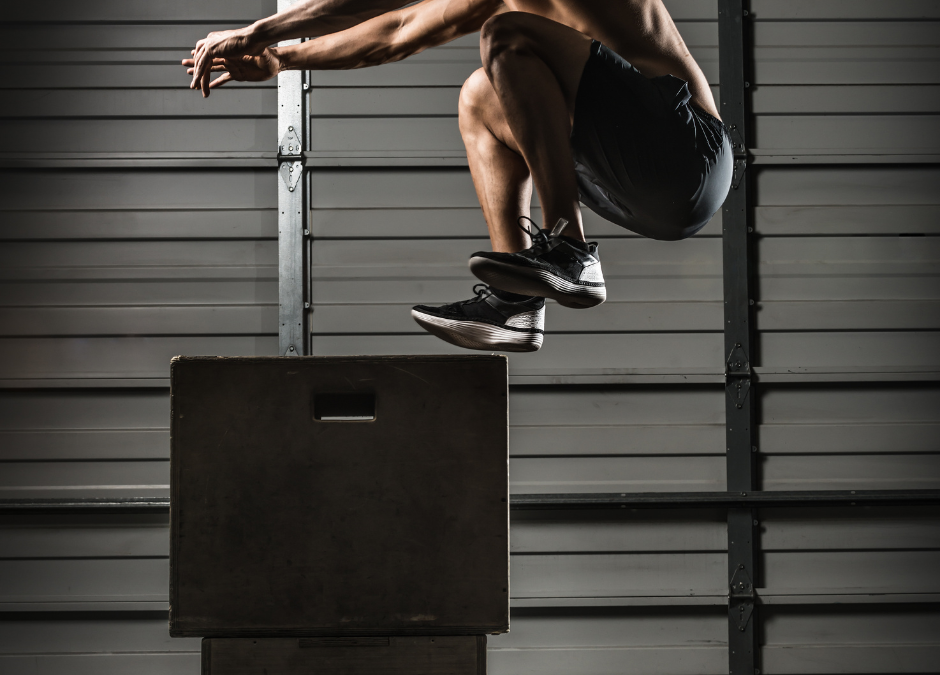Watching an athlete explode off the ground, change direction in a split second, or sprint past their competition, it’s not just raw talent. It’s power. And behind that power? Plyometric training.
What Are Plyometrics?
Plyometrics are explosive movements that train your body to generate maximum force in minimum time. That means faster sprints, higher jumps, quicker cuts, and better overall reaction time.
Think of exercises like:
- Box jumps
- Lateral bounds
- Clap push-ups
- Depth jumps
These aren’t just fancy moves, they mimic the high-speed, high-force actions athletes perform in games every day.
Why Plyometrics Are Crucial for Athletes:
- Turn Strength into Explosiveness – Plyometrics help convert raw strength into usable speed and quick reactions on the field, court, or ice.
- Improve Sprint Speed and Jump Height – They train your nervous system to react faster, helping with sprint starts, rebounds, and verticals.
- Build Better Agility and Quickness – Lateral and multidirectional plyometric drills improve change of direction and balance under pressure.
- Enhance Coordination and Body Control – Plyos develop neuromuscular connection and rhythm—crucial for staying in control during high-speed plays.
- Reduce Risk of Injury – When performed with proper technique, plyometrics strengthen tendons and muscles to absorb force more safely.
When to Do Plyometric Training in Your Season:
Timing is key to getting the most benefit and avoiding overtraining. Plyos should be strategically placed within your training phases:
Off-Season (Foundation Phase)
- Use low- to moderate-intensity plyometrics
- Focus on landing mechanics, body control, and technique
- Goal: Build a safe base for later, high-intensity training
Pre-Season (Power Development Phase)
- Introduce higher-intensity drills (e.g., depth jumps, bounding)
- Combine with strength and agility work
- Goal: Maximize explosiveness and prepare for game speed
In-Season (Maintenance Phase)
- Use light plyometrics once per week to maintain power without fatigue
- Keep the volume low and technique sharp
- Goal: Stay explosive without overloading joints or muscles
Post-Season (Recovery Phase)
- Avoid intense plyos
- Use light, low-impact movement if needed (jump rope, mobility work)
- Goal: Recover fully and restore joint and tendon health
General rule: Do plyometric drills early in your workout, when your body is fresh and ready to move explosively.
Takeaway
Plyometrics are one of the most effective tools in an athlete’s toolbox, but only when used with purpose and timing. Train them during the right phase of your season, and you’ll see gains in power, speed, and confidence on the field.
If you want to move faster, jump higher, and stay injury-free, no matter your sport, plyometrics belongs in your plan.

